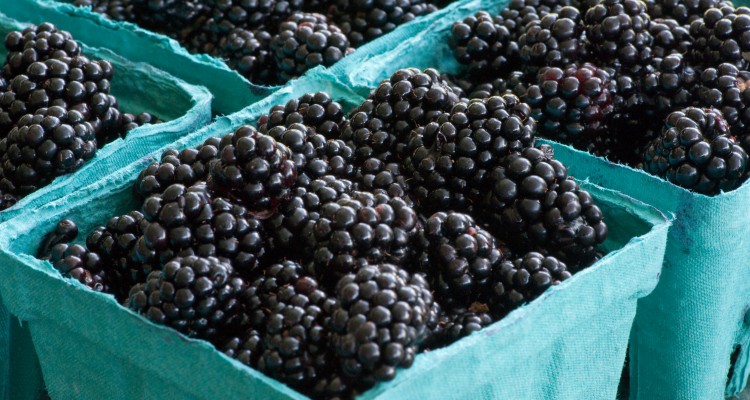As the spring semester winds down and summer finally approaches, many delectable fruits and some vegetables enter into their peak seasons. During peak seasons, which can range from early May for some strawberries to end of September for most apples, these fruits are in their top, most delicious form. Many become available in farmer’s markets or at farms during the summer, providing an easy way to get the freshest produce possible. Here are some fruits and vegetables whose peak seasons are fast approaching:
Cherries (June)
Cherries may be high in natural sugars; however, they provide much of our dietary fiber and Vitamin C. According to the website Self Nutrition Data, an easy-to-navigate website dedicated to nutrition facts, the factors are necessary for a strong immune system. These pitted fruits are also low in saturated fat and sodium, making them a great on-the-go snack.
Strawberries (early June to mid-July)
Always a fan favorite, strawberries, like cherries, hold a lot of Vitamin C, according to the website World’s Healthiest Foods. One serving of these average-sized berries can provide almost all of your daily Vitamin C quota. Strawberries also are high in minerals like manganese, copper and magnesium, which are also necessary for our daily diets.
Blueberries (mid-June to mid-August)
Blueberries, though small, are a natural source of good cholesterol and Vitamin K, which help with bone growth and blood clotting, according to Self Nutrition Data. About 14 percent of our daily dietary fiber and 24 percent of our daily Vitamin C intake can come from blueberries as well.
Blackberries (July)
These berries, like all the rest, are a great low-calorie option when it comes to planning summer meals. Blackberries are high in Vitamin A, a key component of eye health, as well as Vitamin K, according to the website LiveStrong. The nutritional punch that they pack is also accompanied by minerals like magnesium and potassium.
Raspberries (early July to mid-September)
Arguably the best of the summer crop, raspberries are high in Vitamins C and K, as well as pantothenic acid, another name for Vitamin B5 and the most important of the B vitamins, according to World’s Healthiest Foods. Raspberries also have many of the same dietary fibers as the other berries; however, the texture of raspberries often acts as a deterrent for many.
Corn (early August to mid-September)
Corn is extremely low in cholesterol and sodium according to Self Nutrition Data, making it the perfect addition to a late summer barbecue. Weighing in at about 600 calories a serving, corn can also provide a good deal of our iron intake in addition to 48 percent of our dietary fibers and 41 percent of our carbohydrates for the day.


Leave a Reply